
The grass holds still. Air cools on your arms. Eyes watch from shade you cannot read. Meeting Africa’s Top 5 Big Cats is not a checklist for your safari. It feels like the bush letting you in for a minute, then closing the door.
You find lions stretched on warm soil, paws heavy, eyes half closed. Then a head lifts, a stare locks, and the mood changes. They hunt as a unit. One lion circles. Another blocks. When they move, dust hangs in the light and hooves drum the ground.
Where to find them:
The best places to sightsee lions in Africa include; Serengeti and Ngorongoro in Tanzania, Maasai Mara in Kenya, Kruger in South Africa, Hwange in Zimbabwe and South Luangwa in Zambia.
Best time:
The best time for ultimate uninterrupted sightings is during the dry seasons when grass is shorter and prey gather near the available water sources. These seasons differ for different parts of Africa ie; East Africa it is experienced from June to October and Southern Africa from May to October. Meanwhile, calving in Ndutu, January to March, draws tremendous hunting action in the wilderness of Serengeti
What to watch: Pre-dawn positioning, pride reunions at dusk, cub chaos after a feed.
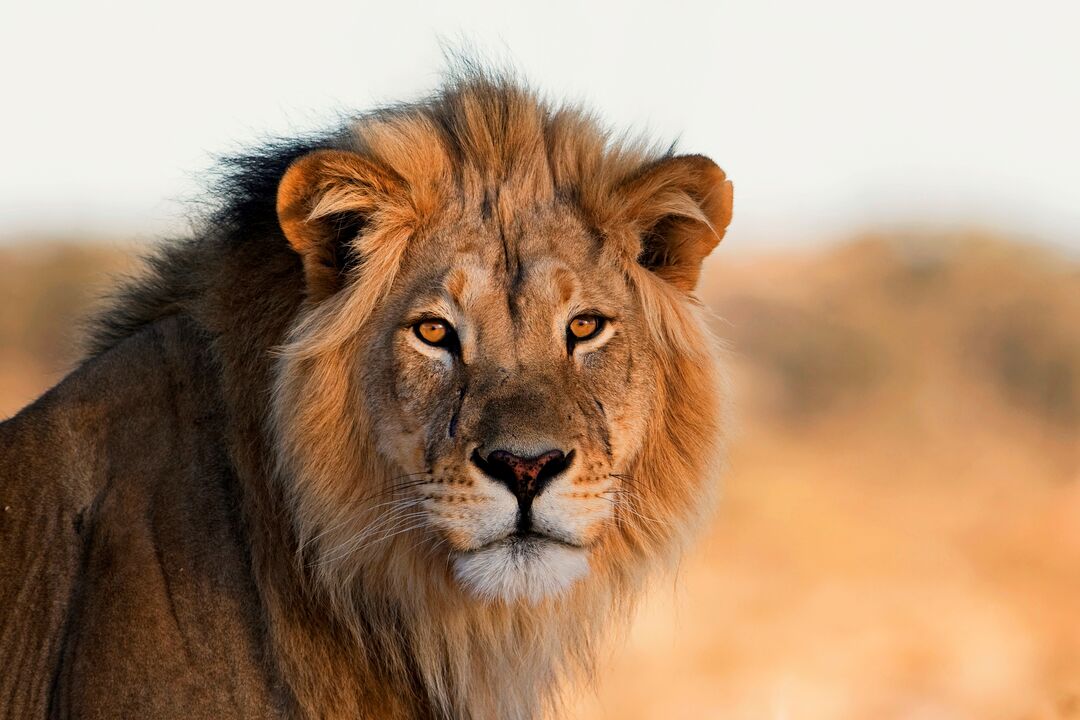
Look up. The branch that looked empty now holds a tail tip flicking like a metronome. A slow blink, a shift of shoulder, and the cat turns to liquid. The lift of a small antelope into a fork happens with no sound at all.
Where to find them:
Sabi Sands and Greater Kruger in South Africa is one of the best places in Africa to witness leopard action. Other remarkable places to sightsee this nocturnal animal in the African wilderness include Zambia’s South Luangwa, Botswana’s Okavango Delta and the great Serengeti and central Maasai Mara woodlands
Best time:
Leopards can be sightseen year-round in Sabi Sands while dry months May to October in Luangwa and Okavango deliver the best opportunity. In East Africa, dawn and dusk all year, with excellent viewing June to October.
What to watch: Tree lines near dry riverbeds, sausage trees with fresh drag marks, hyena attention under a meat cache.
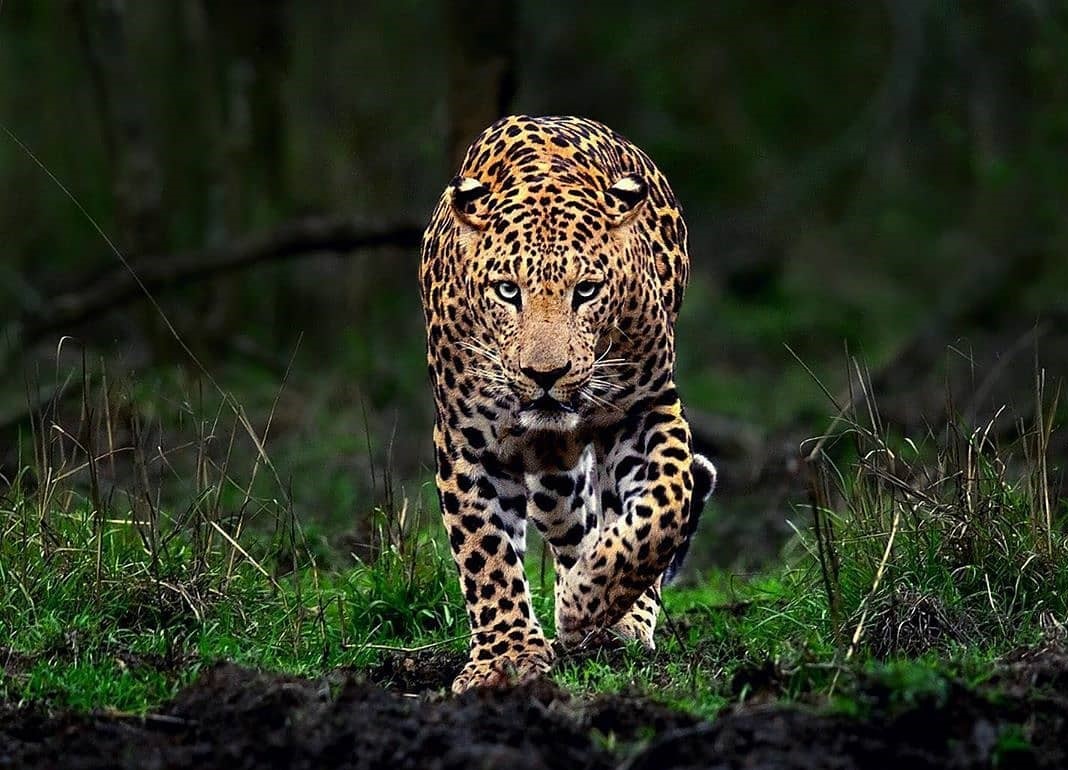
The cat climbs a termite mound, scans the plain, then slides into a trot. A quick feint sets a gazelle off balance. The chase lasts seconds. Dust hangs where the sprint ended, and the cat lifts its head, chest heaving in short bursts.
Where to find them:
Serengeti short grass plains and Ndutu area in Tanzania, Maasai Mara and its conservancies in Kenya are top cheetah viewing destinations. Other scenic places to go for cheetah viewing include Kgalagadi Transfrontier Park in South Africa and Botswana, Central Namibia and Etosha fringes.
Best time:
Serengeti and Ndutu, December to March for calving offer the best time for cheetah viewing due to the increased number of prey. Maasai Mara, July to October on open plains has increased visibility because of the short grasses. Kgalagadi, March to August for cooler air and long views.
What to watch: Termite mounds, low shrub lines, jackals shadowing a kill.
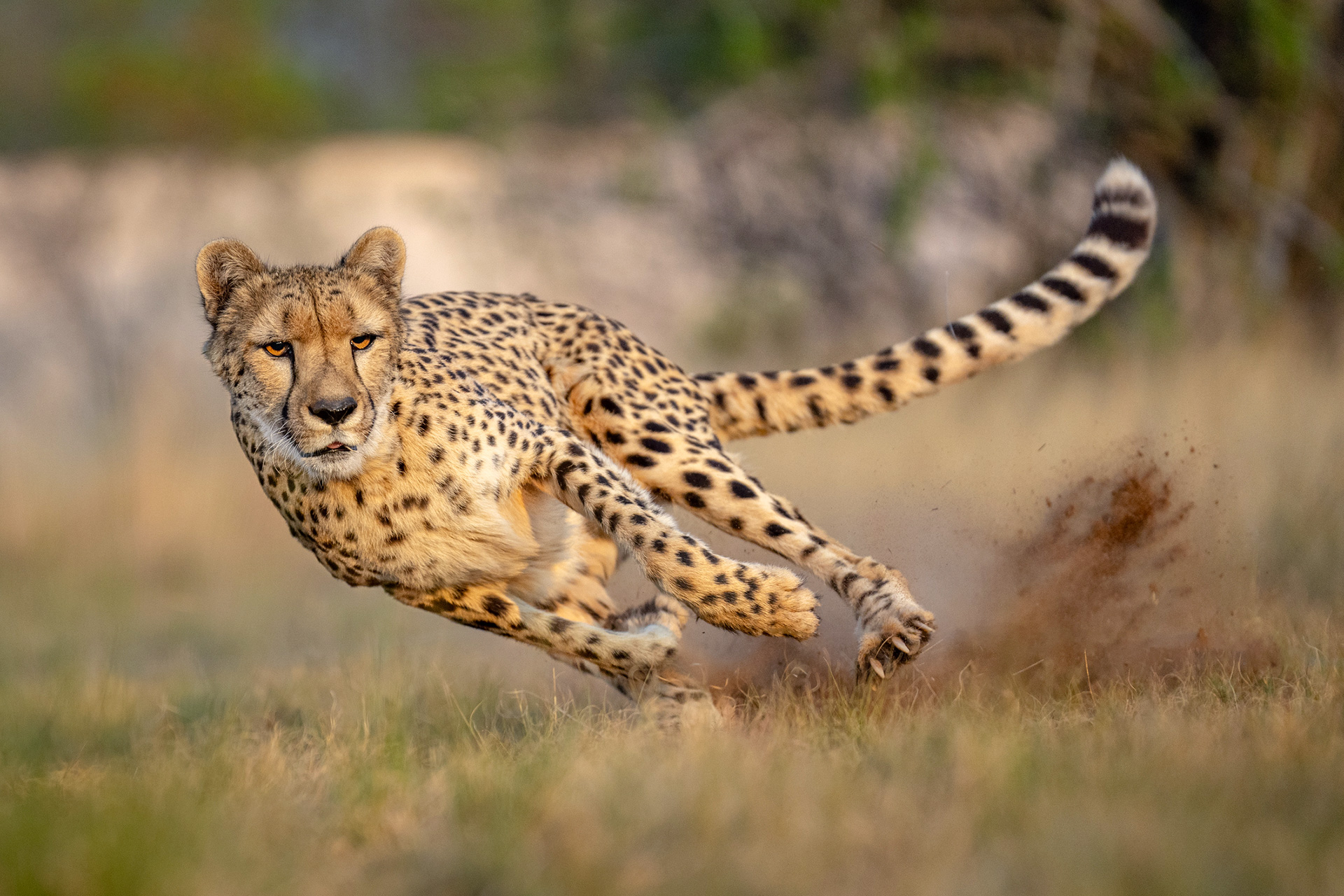
Ears point like arrows. Back legs coil. A blur straight up and a bird drops from air to grass. The cat lands, looks once, and drifts into taller cover before your breath returns.
Where to find them:
These extremely rare cats can be found in the southern parts of Africa especially in Mountain Zebra National Park and Karoo parks in South Africa. Kgalagadi Transfrontier Park and Private reserves in the Namib.
Best time to see them
Cool, dry months May to September for longer movement in daylight. Night drives year-round in parks that allow them.
What to watch: Edges of open scrub, quail flushes, small rodent bursts that trigger a vertical leap.
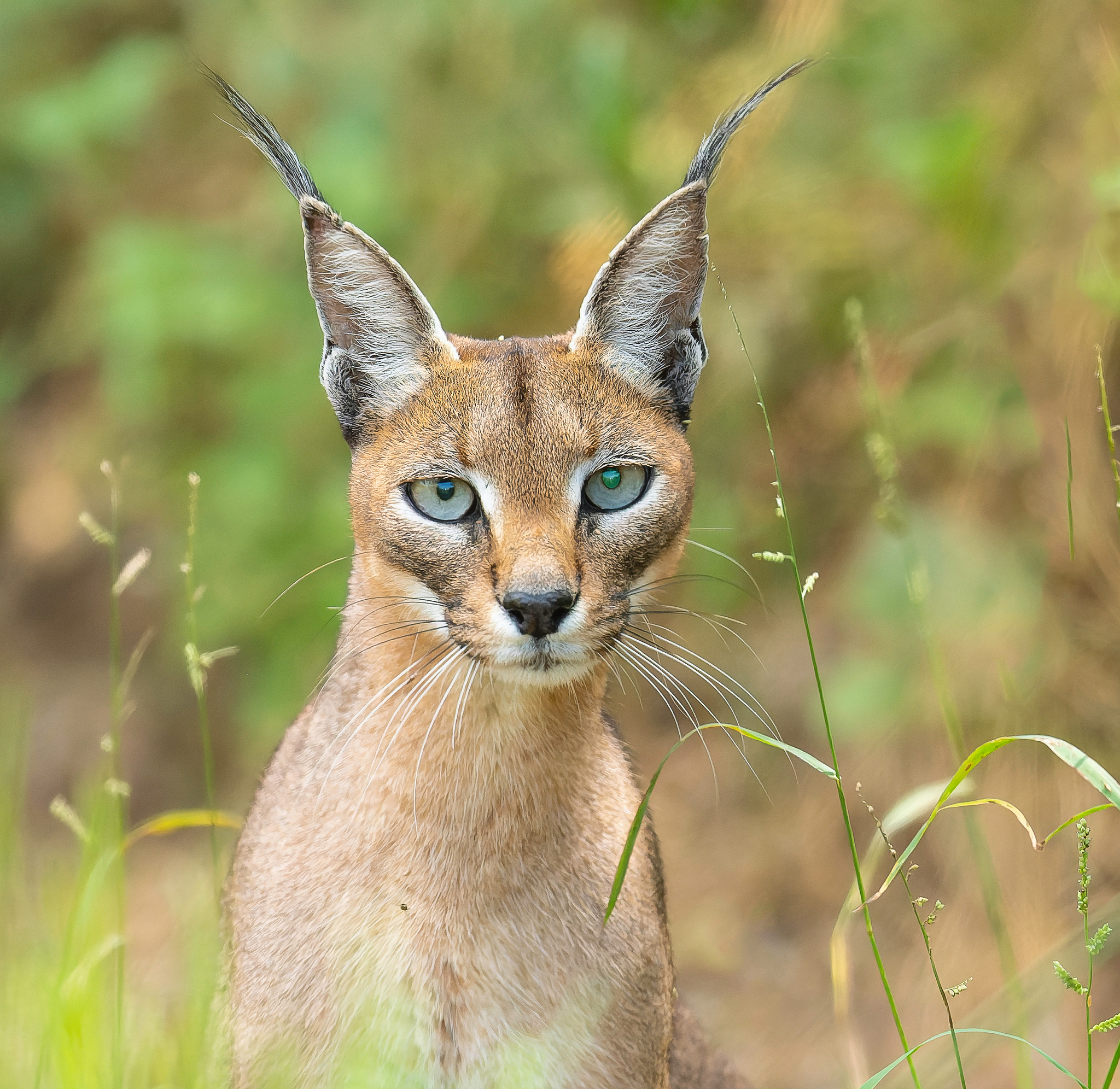
Tall legs for long grass. Ears turn like dishes. A freeze, then a clean hop and a quick pin. The cat melts back into cover with a small prize dangling from its teeth.
Where to find them:
Ngorongoro Crater and Serengeti marsh edges, Tanzania. Amboseli wetlands, Kenya. Okavango floodplains, Botswana are some of the top destinations for serval viewing in Africa.
Best time:
The rainy seasons bring rodents and good hunting. In the Serengeti and Ngorongoro, November to March delivery the best experience while in the Okavango, May to September during the flood for marsh work. For the best viewing experience, you need to head out for that game drive very early in the morning year-round.
What to watch: Damp grass flats, reed beds, owl calls that suggest rodent traffic.
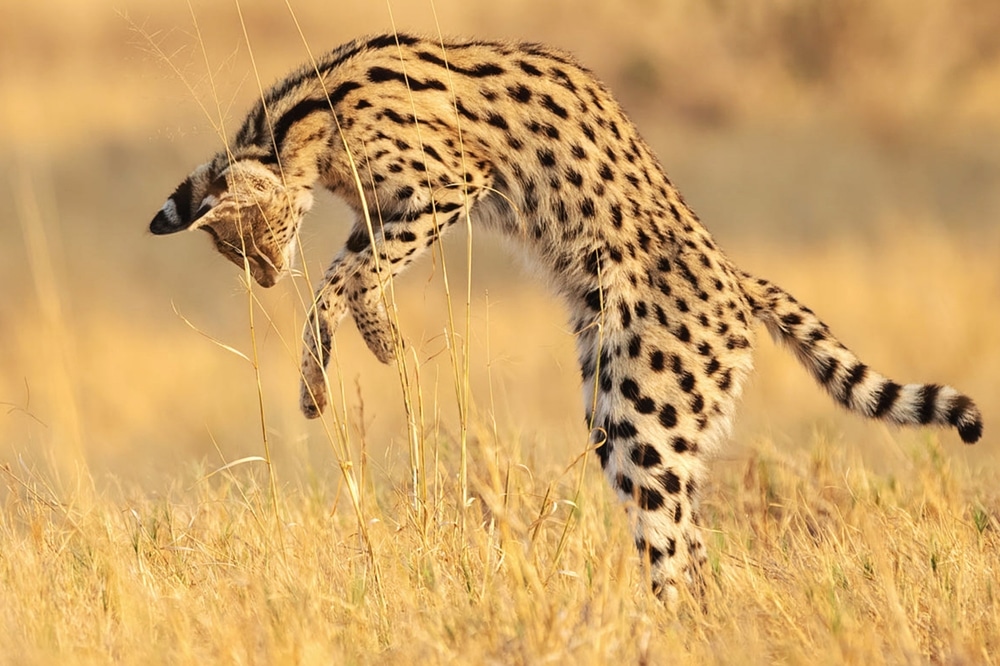



Below is a table that summarizes Africa’s top cats, where they can be found and the best time to visit for an ultimate viewing experince
| Cat | Top Destinations | Best time to Visit |
| Lion | Serengeti, Maasai Mara, Kruger, Hwange, South Luangwa | East Africa Jun–Oct, Southern Africa May–Oct, Ndutu Jan–Mar |
| Leopard | Sabi Sands, South Luangwa, Okavango, central Serengeti, Maasai Mara woodlands | Sabi Sands year-round, Luangwa and Okavango May–Oct |
| Cheetah | Serengeti and Ndutu, Maasai Mara, Kgalagadi, Central Namibia | Ndutu Dec–Mar, Mara Jul–Oct, Kgalagadi Mar–Aug |
| Caracal | Mountain Zebra NP, Karoo parks, Kgalagadi, Namib private reserves | May–Sep, plus night drives year-round |
| Serval | Ngorongoro, Serengeti marshes, Amboseli, Okavango floodplains | Wet months Nov–Mar in East Africa, Okavango May–Sep |
Can I see all five in one trip?
Yes, but you need range. Pair Serengeti or Maasai Mara for lion, cheetah, serval, with a leopard stronghold like Sabi Sands or South Luangwa. Add Kgalagadi if caracal is a target.
Are cheetah sightings reliable?
They are good in open plains during calving in Ndutu and during the dry season in the Mara. Conservancies often help due to fewer vehicles.
When are lions most active?
Pre-dawn, early morning, and the hour after sunset. Midday is for shade and cub play near cover.
Where is leopard viewing best for first timers?
Sabi Sands has high-density leopards and skilled trackers. South Luangwa is excellent during the dry months with strong night drives.
Can I do night drives for serval and caracal?
Yes, in many Zambian and South African parks and select private areas in Kenya and Namibia. Check rules for each reserve.
Which is the most dangerous big cat in Africa?
Lions kill with numbers and speed. Leopards kill with silence. Both command respect, but a leopard’s strike comes without warning.
Are cheetahs endangered?
Yes. Fewer than 7,000 remain across Africa as their habitat shrinks under farms and roads.
Can I see all five in one trip?
It’s rare, but possible in Kenya, Tanzania, or South Africa with varied habitats and skilled guides.
What’s the smallest African big cat?
The serval, followed by the caracal. Both small, both efficient.
Do caracals and servals live near people?
Yes. They linger near farmland, but remain shy and mostly nocturnal
You do not chase Africa’s Top 5 Big Cats. You set the stage and let the bush decide. Open plains for speed. Thick tree lines for shadow. Water for tension. When the cat steps out, keep your voice low and your eyes up. You will carry that look home.
Ready for that experience? Do not hesitate to contact for the best memories that you will speak of for ages.

Lorem ipsum dolor sit amet, consectetur adipiscing elit. Ut elit tellus, luctus nec ullamcorper mattis, pulvinar dapibus leo.
GET A QUOTE
Get SEO metrics of any website or URL.

Explore Tanzania, Kenya, and Uganda in unmatched luxury.
Witness the Great Migration from exclusive viewpoints, relax in handpicked lodges, and savor gourmet dining under African skies.
From the Serengeti’s plains to Uganda’s gorilla highlands, every moment is curated for comfort and wonder.
Group Safaris
How we Work
Our Journeys
Flying Safaris
Conservation & Community
Contact Us
Honey Moon Safaris
Balloon Safaris
Family Safaris
Serengeti
Ngorongoro Crater
Maasai Mara
Bwindi Impenetrable
Volcanoes
Tarangire
Lake Nakuru
Kibale Forest
Lake Manyara
Arusha NP
Nairobi NP
About Friendly Safaris
How we Work
Our Journeys
The Team
Conservation & Community
Contact Us
Payment Details
Terms & Condition
FAQs
DMC
Start Planning